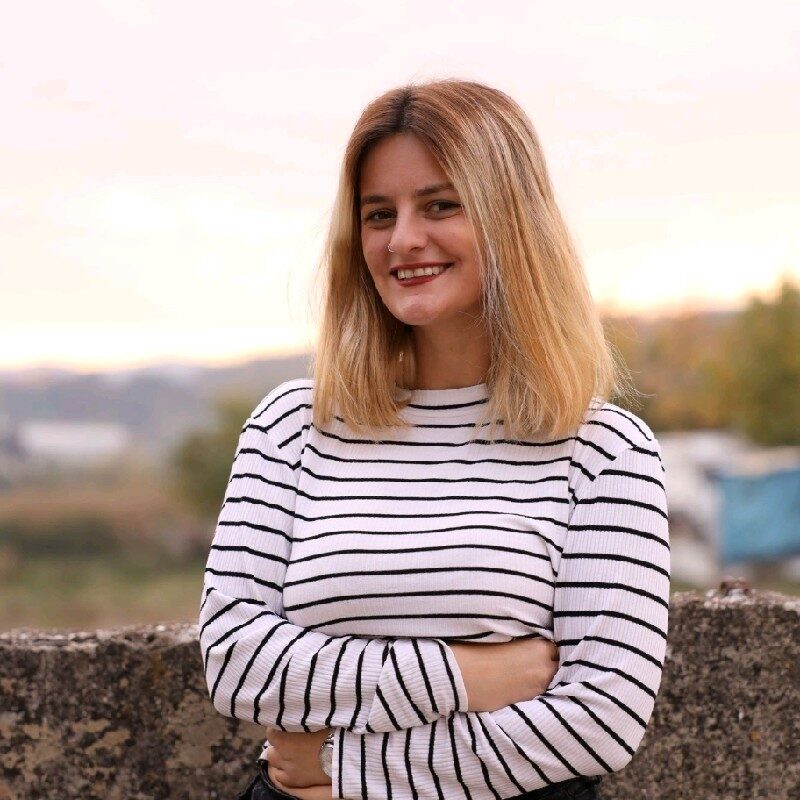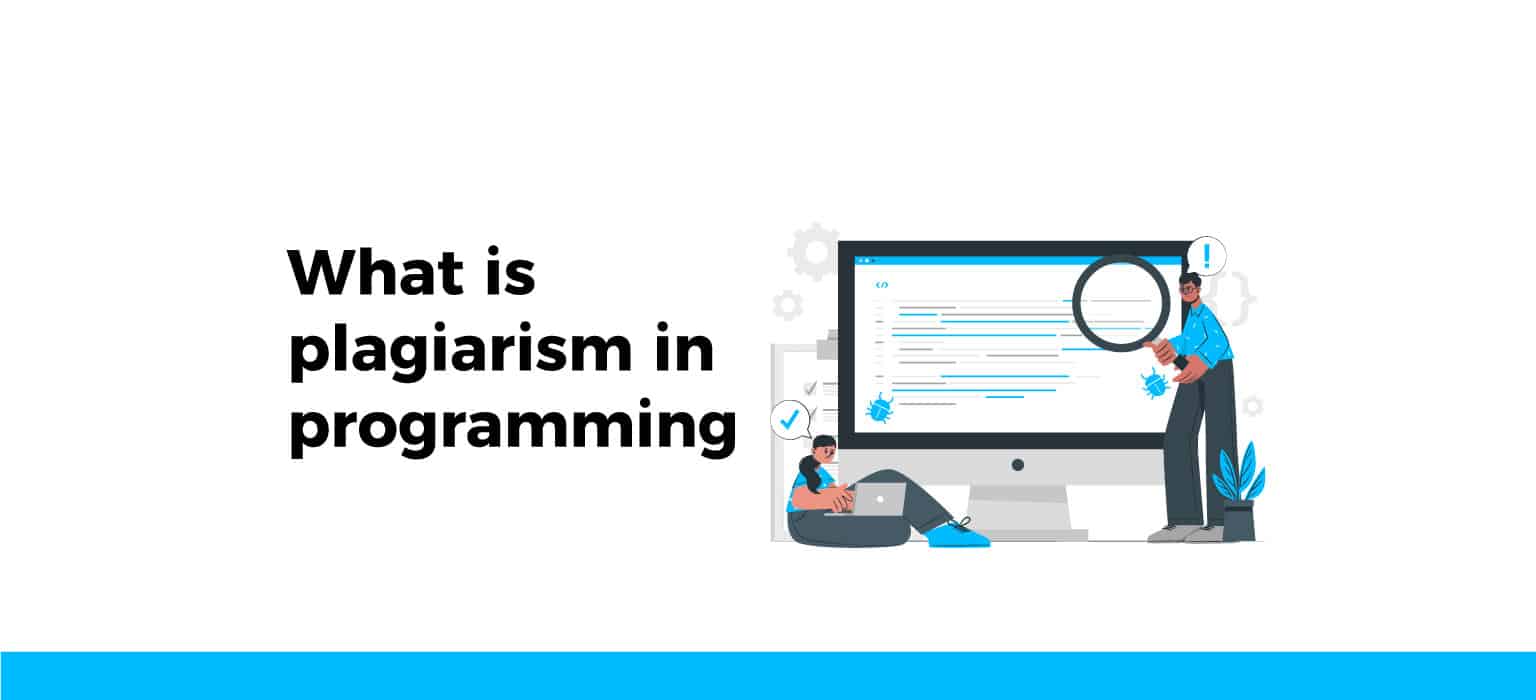Plagiarism is the act of presenting someone else’s work as yours, it is also known as intellectual theft. There are two types of plagiarism: intentional and accidental.
Accidental plagiarism is the neglect of citation, misquoting, or unintentional paraphrasing from a source, while intentional plagiarism is when someone claims that they are the author of the work while they know someone else originally wrote it.
So what is programming plagiarism?
Programming Plagiarism just like any other type of Plagiarism is the use of somebody else’s work and claiming it’s your own – in this case, code. This has been a problem for a while, with there being articles from 1998 such as “Catching Computer Science Cheaters“, talking about plagiarism in programming.
More than 50% of violations from Brown University are from their computer science classes. Similarly, 20% of one class for computer science class was flagged for cheating, at Stanford, this was reported in an article in New York Times. Part of the problem is that programming is a new form of creativity and it is a field with a collaborative nature. Pair that with the fact that even if source code is allowed in a class, programming does not have set citation standards as we do with research papers, so students might get flagged for plagiarism because of citation mistakes.
While collaboration is very widespread throughout programming with “open source” codes, which are free to use even without credit, using someone else’s code has become a problem and it is unacceptable in an academic class. This is because in academic classes projects and coursework are meant to be completed individually and the students have to write the code on their own so that the instructors can assess the student’s knowledge and understanding of programming.
Due to this, instructors have taken different measures to clarify and prevent plagiarism in their classes.
How to prevent it in your classes?
Emphasize the policies on the use of outside code, and if it is allowed ask the students to cite their sources and clarify which area was borrowed
Collaboration and Cheating are different, so you should define clear boundaries students should not cross, making them less likely to plagiarise, as shown by “Collaboration Versus Cheating“.
Design assignments that help the students brainstorm and create original code to solve the assignments given.
Use intermediate dates to see the students’ progress and provide feedback and help so that they do not feel the need to use online sources for the code they do not understand or can’t figure out.

Have a good student-instructor feedback loop and mutual respect. Mutual respect between students and instructors results in students choosing not to cheat in their assignments, as shown by “Why Do College Students Cheat?“
Use software designed to find similarities, to check for similarities between students’ codes to try and find evidence of plagiarism and cheating between students.
Additionally, use plagiarism checkers that check online open sources to check if the work was plagiarised.
Online Sources are readily available and students have access to it, making programming plagiarism common in academic misconduct. The collaborative nature of the software industry is ideal for building software, but it means that sources can be found everywhere and it’s available to everyone including stressed students.
How to avoid Programming Plagiarism?
The easiest thing you could do to avoid plagiarism claims is to ask the instructor. Their job is to guide you and help you learn, this does include citations and plagiarism. When working with an instructor there are three main points to focus on.
Here are some tips on avoiding programming plagiarism:
- Clarify rules about code
- Cite code that isn’t original
- Comment your code
- Name your variables originally
Clarify rules about code from open sources
You need to ask instructors if and when it is acceptable to use open-source code from outside. After confirming if outside code is allowed you will have to check if you can only use from approved sources.
Understanding if, when, and how students can work together and help each other is vital to avoid plagiarism cases that deal with collusion.
Citing code that isn’t original
Knowing how to cite the code gotten from outside sources is important to avoid claims of plagiarism.
Other than that, there are other precautions you could take to avoid claims of coding plagiarism.
A clean room is separating any outside influence – be that text, pictures, code, etc. – while working so that the outside does not influence your work intentionally or unintentionally. You should take this precaution when coding, so it does not mix with your work unless you have cited it properly.
Commenting on your code
While commenting on your code is a good practice in programming it also explains what you have programmed to the instructors, and answers their questions about the code. Commenting could also be used to mark the code that was taken from somewhere and isn’t original. This is an easy step to do when coding to avoid claims of plagiarism and every programming language has a way of inserting comments in the code.
Original variable names
This will undoubtedly make coding easier for you, but it will also make it clear that the code used is original. This, however, does not mean that you can take code from outside sources, change variable names, and claim it as yours, that would still be counted as plagiarism.
While coding, it’s important to do your work yourself unless you are specifically allowed or instructed to use code from open sources. While learning to program and develop your coding skills is important, students should also learn to work with outside code considering the collaborative nature of the field.
In conclusion, even though programming is a collaborative field of work, in academic courses programming plagiarism is a problem and is becoming more spread out. This has resulted in instructors and students going through different steps to avoid it.In the end as long as you do your work, cite everything taken from outside sources, and do not work together with other students without the permission of the instructor, you will be fine.

Agnesa is crazy about math and has won lots of prizes. Although her main gig is being a full-stack developer, she also likes to write about topics she knows really well.
But, Agnesa isn’t just about numbers and algorithms.
When she’s not crunching code or weaving words, you’ll find her conquering mountains with her trusty hiking boots!

